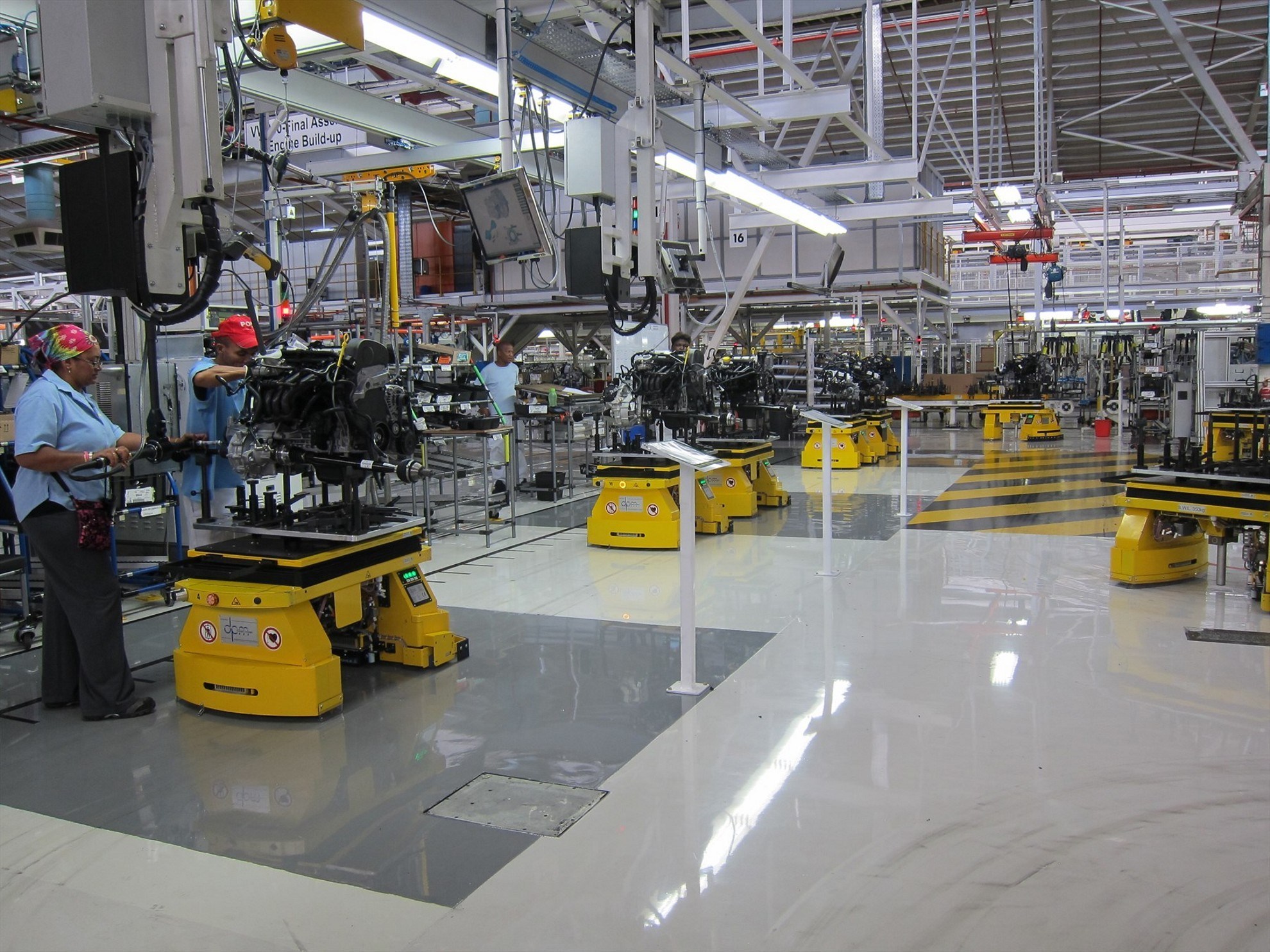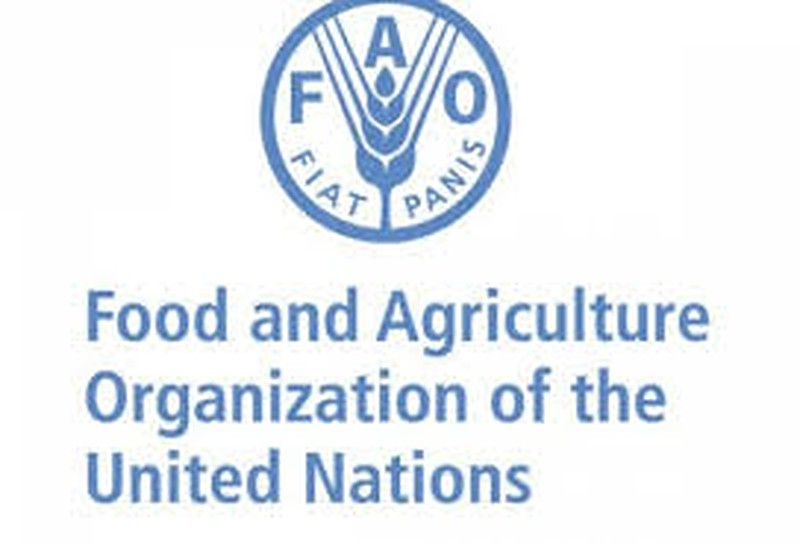Agribusiness
Nigeria’s manufacturing sector and faulty growth target
Published
1 year agoon
By
Publisher
By Marcel Okeke
Recently, the Manufacturers Association of Nigeria (MAN) announced its plans to increase the output of the manufacturing sector and its contribution to the country’s Gross Domestic Product (GDP) to 20.0 percent this year (2023). This represents a giant leap from its current average of 9.0 percent contribution level. The association says it plans to achieve this target by increasing exports of locally produced products to other African countries and promoting employment in the sector through capacity building and innovative technologies. Additionally, MAN plans to focus on promoting inclusive inter-industry linkages between Small and Medium Industries (SMIs) and large corporations. Apparently, these lofty projections merely echo the views of Nigeria’s Minister of Industry, Trade, and Investment, Mr. Niyi Adebayo, when he announced almost two years ago that “Nigeria has an ambitious target of raising the share of manufacturing to a whopping 20 per cent of GDP.”
Specifically, Adebayo said at a virtual event on 30 March 2021 that the sector’s size should reach 20 per cent share of GDP by 2023. At the event, co-chaired by the Nigerian Economic Summit Group (NESG), Adebayo also said that his ministry would work out strategic plans for three segments (clothing and textiles, oil palm, and auto assembly) in pursuit of the target GDP growth. However, almost two years down the line, rather than its contribution to GDP rising, the industrial sector’s share of economic growth has been declining. In the latest GDP data from the National Bureau of Statistics (NBS), the industry sector was ‘challenged’, recording -0.94 per cent growth and contributing less to the aggregate GDP relative to the third quarter of 2022 and the fourth quarter of 2021. A further breakdown shows that the manufacturing sector contracted by 1.9 percent year-on-year, (620 basis points lower than the 4.3 percent y/y growth recorded in the third quarter of 2021).
The NBS says the decline was primarily driven by the 4.1 percent y/y contraction in the Food, Beverage, and Tobacco sub-sector in the period under review. The contraction in manufacturing output was largely due to persistent Foreign Exchange (FX) pressures weighing on the imports of essential raw materials and equipment for production. Also, weaker consumer demand (due to elevated price levels), high energy costs, and supply chain concerns dampened the growth of the manufacturing sector. But these factors are headwinds that cannot be wished away. They are only amenable to long-term solutions. In this regard, the FX supply crunch, elevated global inflation (high cost of raw materials), high energy costs and persistent supply chain disruptions would remain hindrances to the growth of the manufacturing sector.
Today, the latest headwind (though unforeseen) is the fallout of the Naira redesign and currency swap initiative of the Federal Government. Unwittingly, the policy has come to constrain the purchasing power of the average consumer (via lack of access to ‘cash’)—a development that would translate to ‘low sales’ and or a drop in capacity utilization by the manufacturing concerns. And with so many controversies dogging the monetary initiative (including a Supreme Court suit), it is yet indeterminate as to the full content of its outcomes. Meanwhile, legacy structural challenges to the manufacturing sector are yet in place; therefore, MAN’s goal will certainly require radical improvements in power supply, other general infrastructure (transportation, and ports), business operating environment, a wealth of Nigerian consumers, implementation of African Continental Free Trade Agreement (AfCFTA), FX supply, and government policy consistency.
At present, Nigeria is at crossroads—politically and economically: the only project appropriating the entire national attention and interest is the Presidential election slated for 25 February 2023 and the gubernatorial elections scheduled for March 11, 2023. Even the monetary policy of the Central Bank of Nigeria (CBN) and many programmes of the Federal and sub-national governments are all geared towards having the elections as scheduled. Unwittingly, the Naira redesign policy and its adjunct initiatives are impacting every facet of the Nigerian polity—the manufacturing sector not being an exception. The ripple effects of all these are yet undetermined, but surely the manufacturing sector stands to count its losses (due to consumption constraints) in the not-too-distant future. Constrained cash circulation/flow certainly inhibits the demand for all consumer items.
Owing to legacy structural and infrastructural challenges, the Nigerian manufacturing sector remains constrained in reaping the much-touted benefits from the AfCFTA. The entire business operating environment is still generally harsh and unattractive and uncompetitive in relation to so many other African countries. Nigeria’s infrastructure is still largely dilapidated: transportation, ports (sea or air), power supply, etc. Policy surmarsult on the part of the government including imposition of multiplicity of taxes and levies by various tiers of government—all go to inhibit the growth of the manufacturing sector. These, among other challenges, account for why two years after the inauguration of AfCFTA (on 1 January 2021), Nigeria is yet to find its bearing on how to beneficially key into the continental initiative. Apparently aware of its inherent weaknesses, Nigeria signed the AfCFTA on 07 July 2019 and after initial dilly-dallying, ratified it in November 2020, leading to the formal deposit of the instrument of ratification before the 5th of December 2020 submission deadline.
Specifically, the steps to be taken by prospective Nigerian exporters (manufacturers) under AfCFTA are not only a litany but also complicated. For instance, an exporter or agent must secure all necessary licenses, permits, certificates, and necessary documents from relevant agencies like the Nigerian Export Promotion Council (NEPC), Standards Organization of Nigeria (SON), National Agency for Food and Drug Administration and Control (NAFDAC), Nigerian Agricultural Quarantine Service (NAQS) and many others. Of course, they are required to create a bill of entry, attach all relevant permits from government agencies and secure reservations with shipping or airline companies; and apply for Nigeria Customs Service AfCFTA Certificate of Origin (CoO) after paying a fee, etc.
Yet, with all these in place, today in Nigeria, inhibiting practices at the seaports are still in place (even at the free export/trade processing zones); massive importation of all manner of items (cheaper versions and/or substitutes of locally-produced goods) and unrestrained smuggling are yet thriving. Nigeria’s Micro, Small, and Medium Enterprise (MSME) sector, the supposed engine of industrial growth, is being asphyxiated by the scorching business environment. The government’s selective funding and other incentives in recent years (particularly since the COVID-19 outbreak) have not remarkably improved the lot of operators in the MSME sector. It is therefore doubtful, even laughable, that the Manufacturers Association of Nigeria (MAN) can be projecting the contribution of the manufacturing sector to GDP could more than double to hit 20 per cent this year—from an annual average of less than 10 per cent in recent times. Such an optimistic projection is certainly unrealistic!
- Mr. Okeke, an economist, sustainability expert, and business strategy consultant, is a National Daily Columnist. He can be reached at: [email protected]
You may like
Trending

 Health & Fitness4 days ago
Health & Fitness4 days agoMalaria Vaccines in Africa: Pastor Chris Oyakhilome and the BBC Attack

 Featured1 week ago
Featured1 week agoPolice reportedly detain Yahaya Bello’s ADC, other security details

 Aviation6 days ago
Aviation6 days agoWhy some airlines are avoiding Nigeria’s airspace–NAMA

 Aviation5 days ago
Aviation5 days agoJust in: Dana airline crash lands in Lagos

 Aviation5 days ago
Aviation5 days agoNSIB begins investigation into Dana Air after crash-landing incident

 Business1 week ago
Business1 week agoDebt servicing gulps 56% of Nigeria’s tax revenue, says IMF

 Business1 week ago
Business1 week agoAdesola Adeduntan steps down as FirstBank CEO

 News1 week ago
News1 week agoOndo APC guber hopefuls reject primary poll





